Deep beneath the limestone cliffs of Indonesia, tucked away in shadows that haven’t seen sunlight for millennia, lie images that challenge everything you thought you knew about human intelligence. These aren’t your typical cave paintings featuring simple handprints or basic animal outlines. Instead, they reveal sophisticated storytellers who crafted complex narratives about mythical beings that existed only in their imaginations.
The discovery has sent shockwaves through the scientific community, forcing researchers to completely reconsider when humans first developed the ability to think abstractly, create fictional stories, and express complex ideas through art. What makes these paintings particularly extraordinary is their age – over 51,200 years old – and their sophisticated narrative structure that rivals modern storytelling techniques.
The Hidden World of Sulawesi’s Ancient Artists
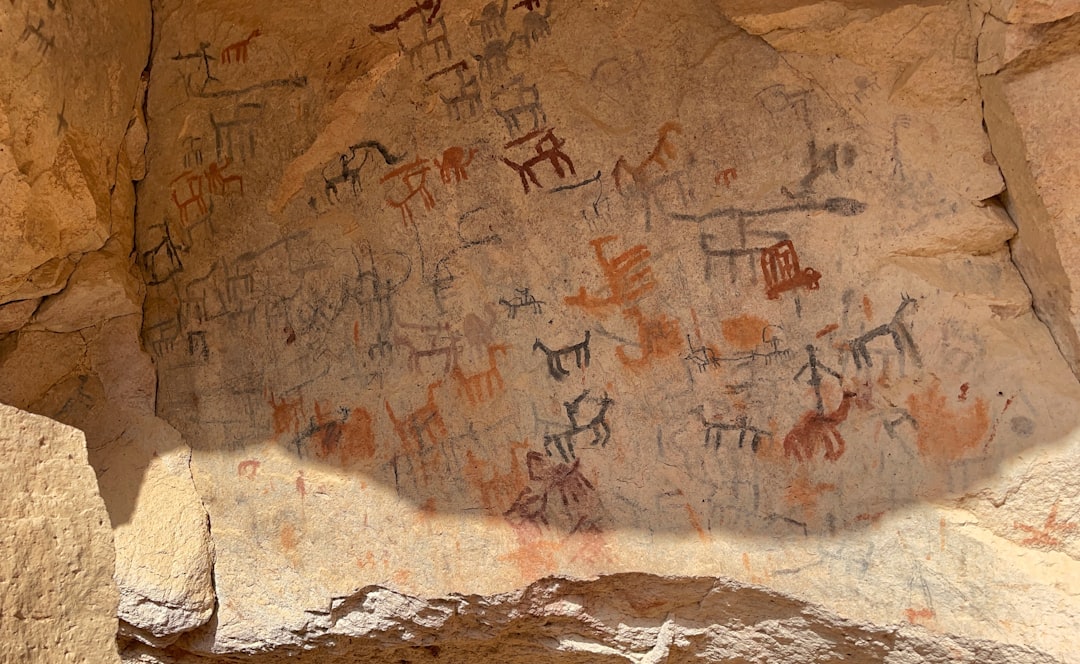
The cave containing the 51,200-year-old art is called Leang Karampuang, with related discoveries at Leang Bulu’ Sipong 4 first discovered in 2017, featuring a 15-foot-wide wall with monochromatic red ochre drawings. When archaeologist Hamrullah first spotted these paintings in 2017, he had no idea he was looking at what would become one of the most significant archaeological discoveries of the 21st century.
The cave painting depicts three human-like figures interacting with a wild pig and scientists announced that a painted scene of people hunting pig-like animals found in a cave on the island of Sulawesi is at least 51,200 years old. What immediately struck researchers wasn’t just the paintings’ remarkable preservation, but their complexity and narrative sophistication that seemed to emerge from nowhere in the archaeological record.
When Humans Became Storytellers

Imagining things that do not exist in nature and weaving them into narratives are unique signatures of the human psyche, abundantly evident in the earliest example of narrative art recently discovered in a cave on the Indonesian island of Sulawesi. This represents a cognitive milestone that scientists previously believed emerged much later in human development.
Storytelling is a hugely important part of human evolution and possibly even helps to explain our success as a species, but finding evidence for it in art, especially in very early cave art, is exceptionally rare. The Sulawesi paintings provide the first concrete evidence that sophisticated narrative thinking was already fully developed over 50,000 years ago.
The Mystery of Hybrid Beings
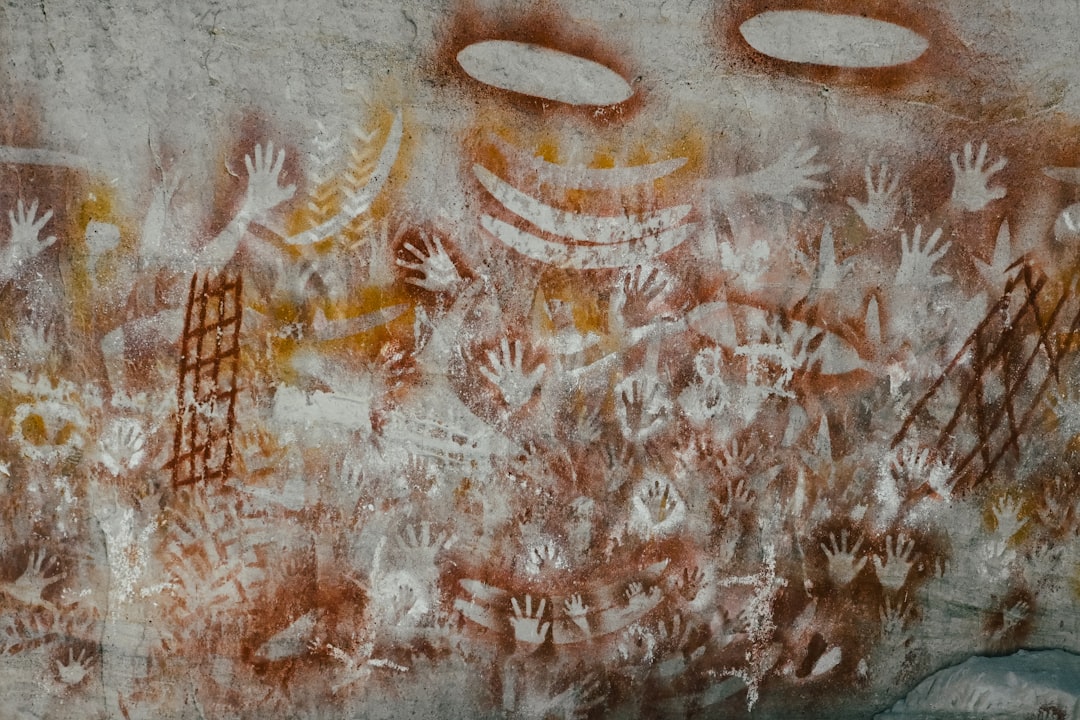
In these newly reported images, one or more Pleistocene-epoch humans depicted a scene containing several figures that seem to be people, but mysteriously, some of these “humans” have snouts, another has a tail and still another has a bird’s beak – human-animal hybrids that must have lived only in the imagination of their creators.
These therianthropes, as archaeologists call them, represent something profound about early human cognition. The ability to imagine beings that don’t exist is a critical cognitive milestone and forms the roots of religion and spirituality, suggesting it was probably already present in the early modern humans who left Africa and populated the rest of the world. The fact that these mythical creatures appear in humanity’s oldest narrative art suggests abstract thinking was far more advanced than anyone previously imagined.
Rewriting European Artistic Supremacy
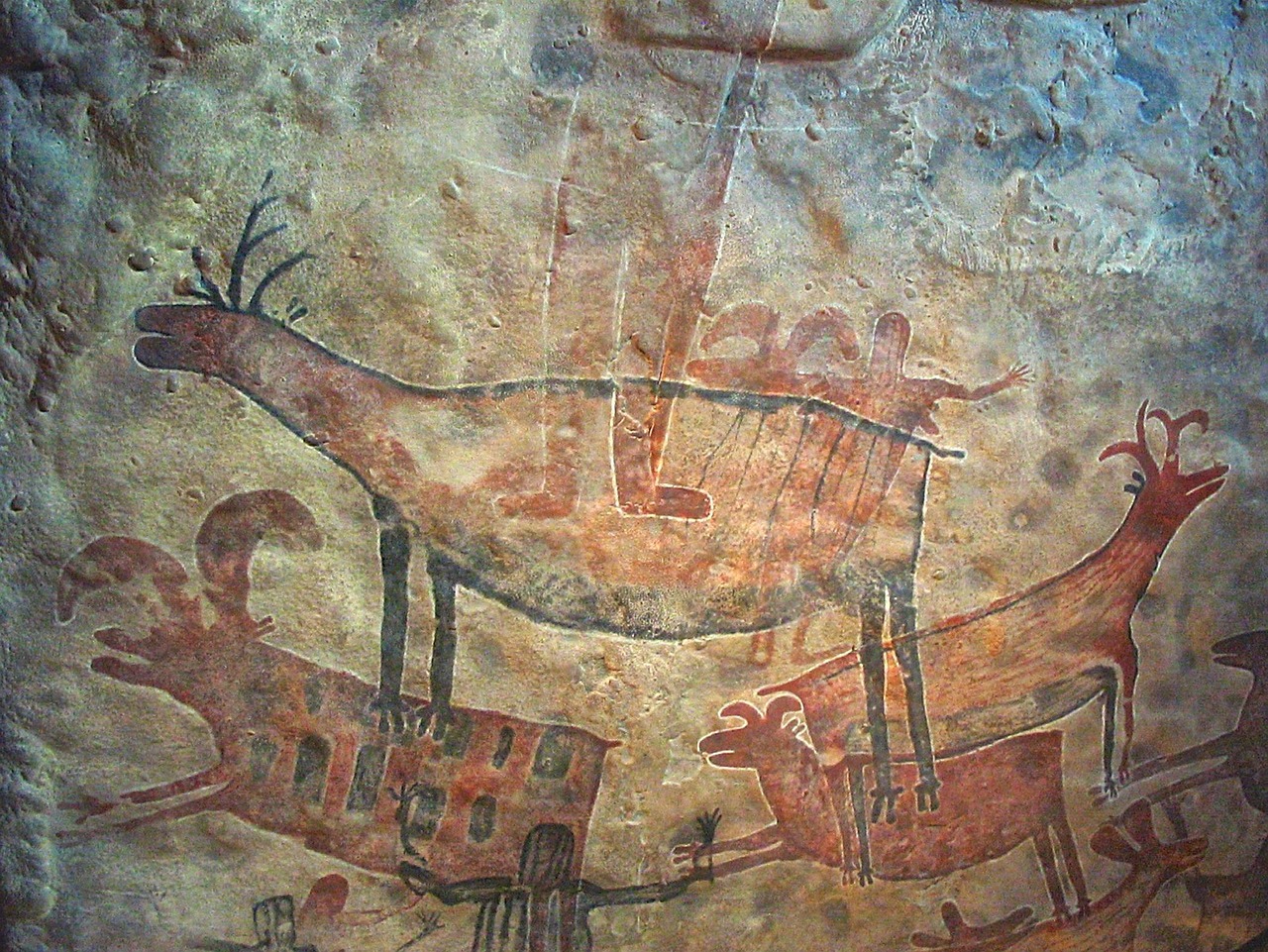
For decades, the scientific consensus held that sophisticated symbolic art originated in Europe approximately 40,000 years ago, coinciding with the arrival of anatomically modern humans, but these new discoveries fundamentally challenge that Eurocentric narrative. The Indonesian paintings completely upend the traditional timeline of human artistic development.
The Sulawesi art predates the paintings in Lascaux by over 30,000 years, making it clear that sophisticated artistic expression wasn’t a European innovation but rather a fundamental aspect of human intelligence that emerged independently across different continents. This discovery forces us to reconsider the entire narrative of human cultural evolution.
The Neanderthal Question
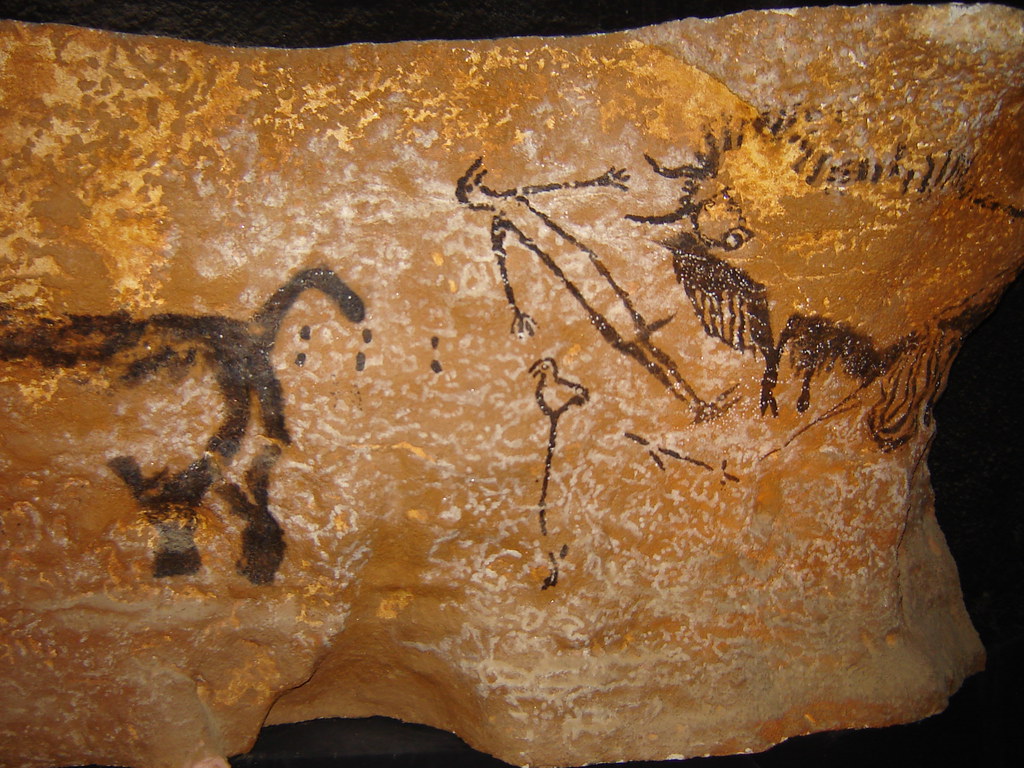
Cave paintings and shell beads are the first works of art dated to the time of Neanderthals, and they include the oldest cave art ever found, with some mineral crusts overlying the paintings at least 64,800 years old. The Spanish discoveries have opened up entirely new questions about which human species possessed advanced cognitive abilities.
Despite their oafish reputations in pop culture, Neanderthals were the cognitive equals of Homo sapiens, and if their results hold, the finds imply that the smarts underpinning symbolic art may date back to the common ancestor of Homo sapiens and Neanderthals, some 500,000 years ago. This revelation suggests that advanced intelligence wasn’t unique to our species but rather a shared trait among multiple human lineages.
The Science of Superior Visual Perception
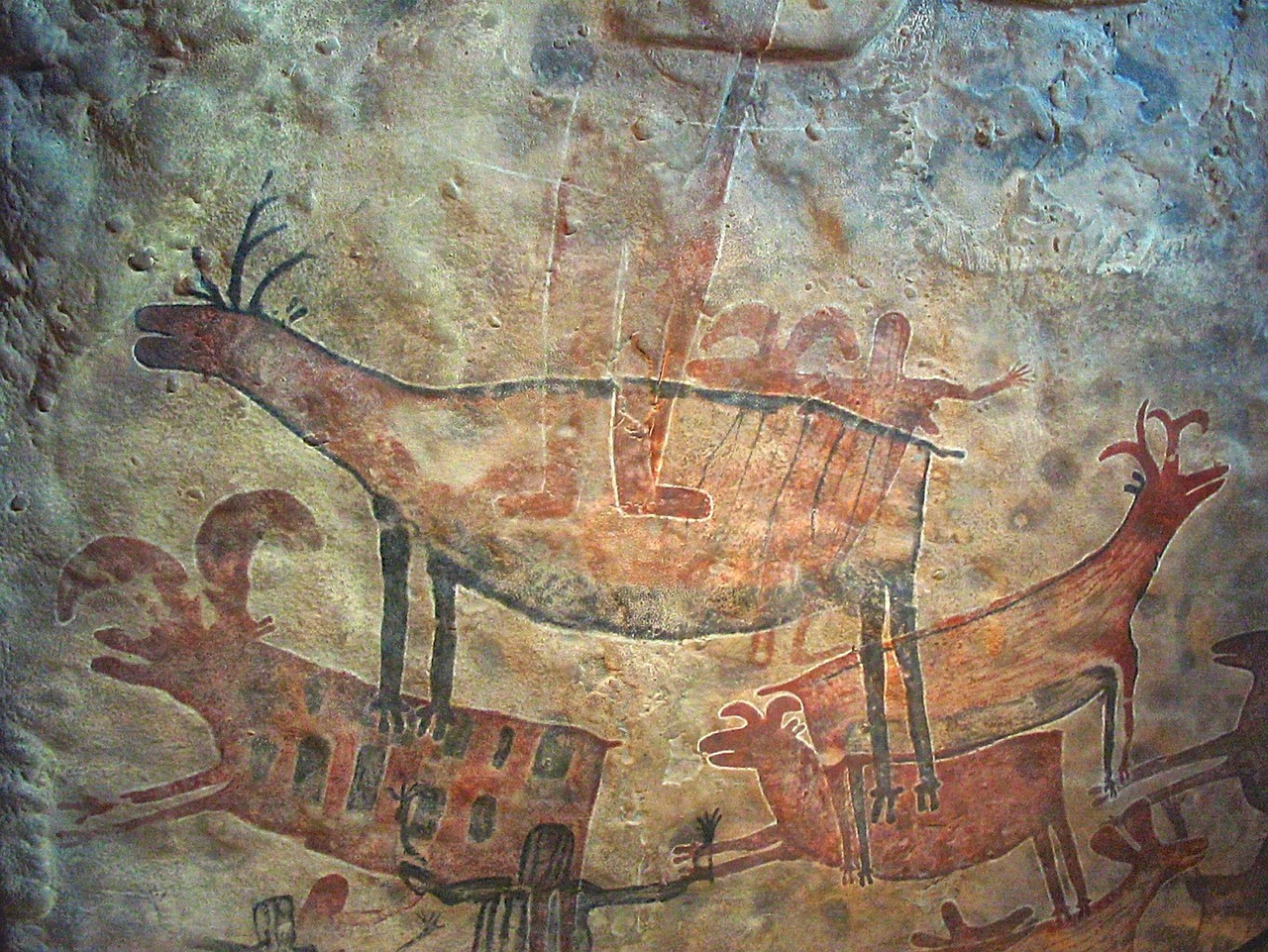
The extremely detailed Cave Art from the European Upper Paleolithic, with its accurate depiction of motion, is a mystery, as the ability to perceive, imagine and retrieve the necessary visual information from previous episodes of viewing live animals is normally far beyond the capabilities of modern man, except for some with savant talents.
The way cave artists depict animals in motion is surprisingly accurate, and when Eadweard Muybridge in 1878 was the first to photograph how horses run, it was confirmed that the so-called primitive cave man painted their leap almost correctly with an error rate of 46.2% vs. 65.2% in modern paintings. This suggests that prehistoric humans possessed visual processing abilities that might have been superior to our own in certain ways.
Advanced Materials and Techniques
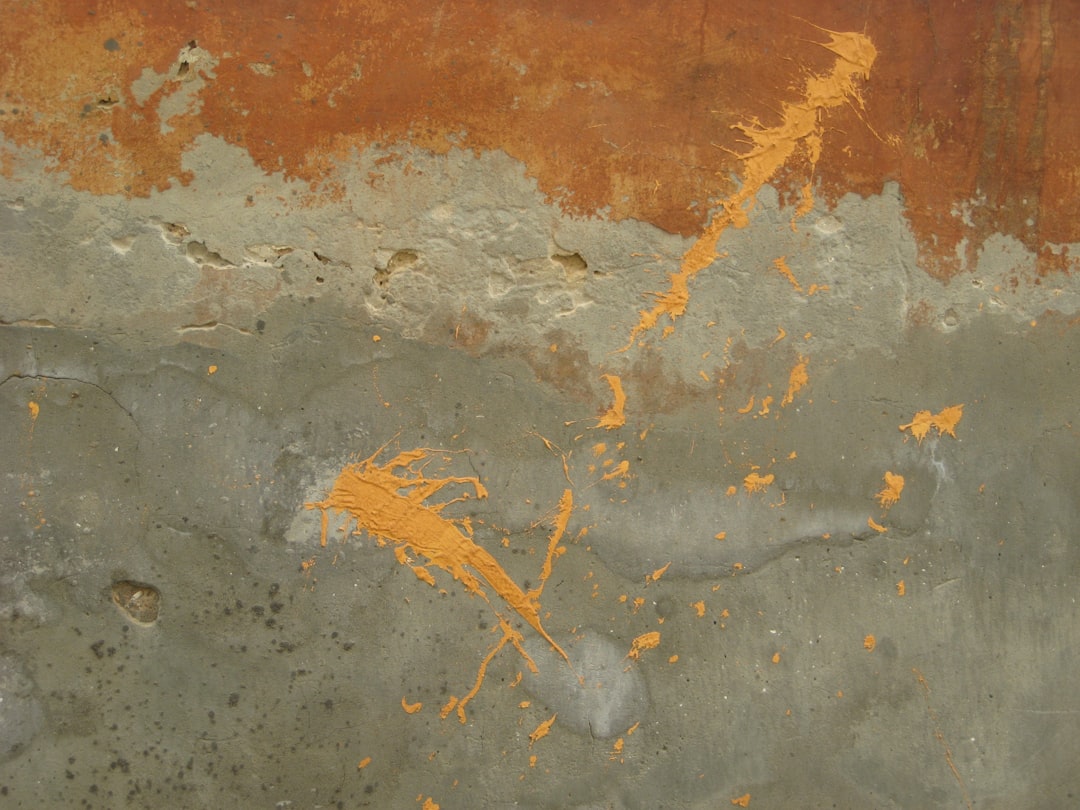
Pigment analysis reveals the artists created elaborate palettes using minerals like hematite, manganese, and kaolin, sometimes mixing them with animal fats and plant extracts to achieve different consistencies and hues, and in several locations, researchers identified evidence of scaffolding construction. This level of technical sophistication indicates careful planning and organization.
Creating paint from charcoal, iron-rich ochre, crumbled animal bones, and urine meant understanding how materials could combine to form substances with new properties, and storing the paint required innovation and planning ahead. These early artists weren’t simply making crude marks on walls – they were sophisticated chemists and engineers.
The Global Pattern of Artistic Evolution
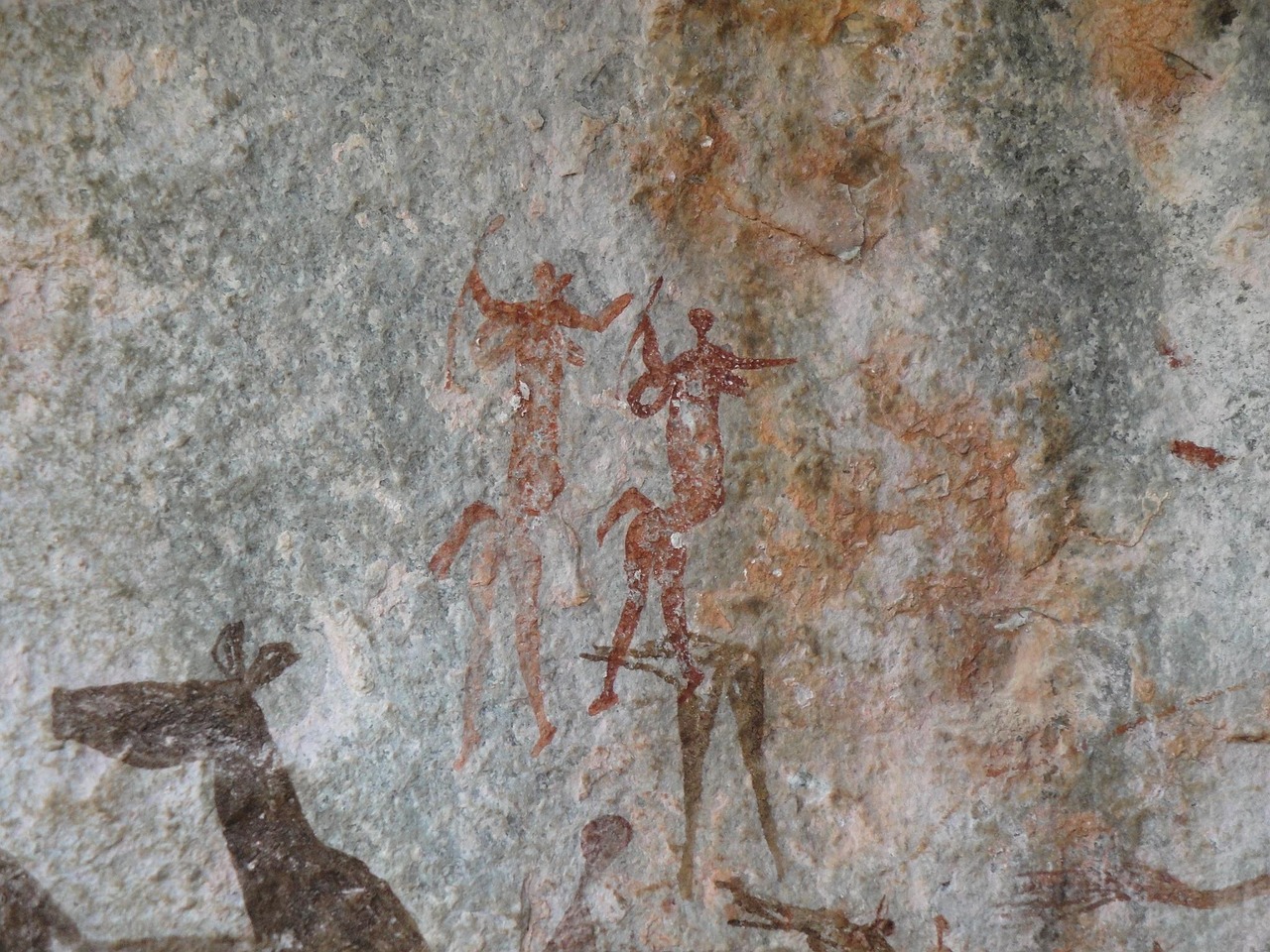
A 2019 revelation of cave art in Indonesia, believed to be at least 36,000 years old, altered our understanding of early humans altogether because the cave art found in Indonesia shared similarities with western Europe, suggesting that the impressive works are evidence of the way the human brain was developing in various, and distant, parts of the world around the same time.
What’s emerging is a story of parallelism – multiple lines of our ancestors touching on the same cultural themes on opposite sides of the Eurasian continent, with some researchers taking this as a hint that these advanced cognitive traits may have been present in a common ancestor in Africa. This suggests that sophisticated thinking wasn’t a recent development but an ancient inheritance.
Racing Against Time
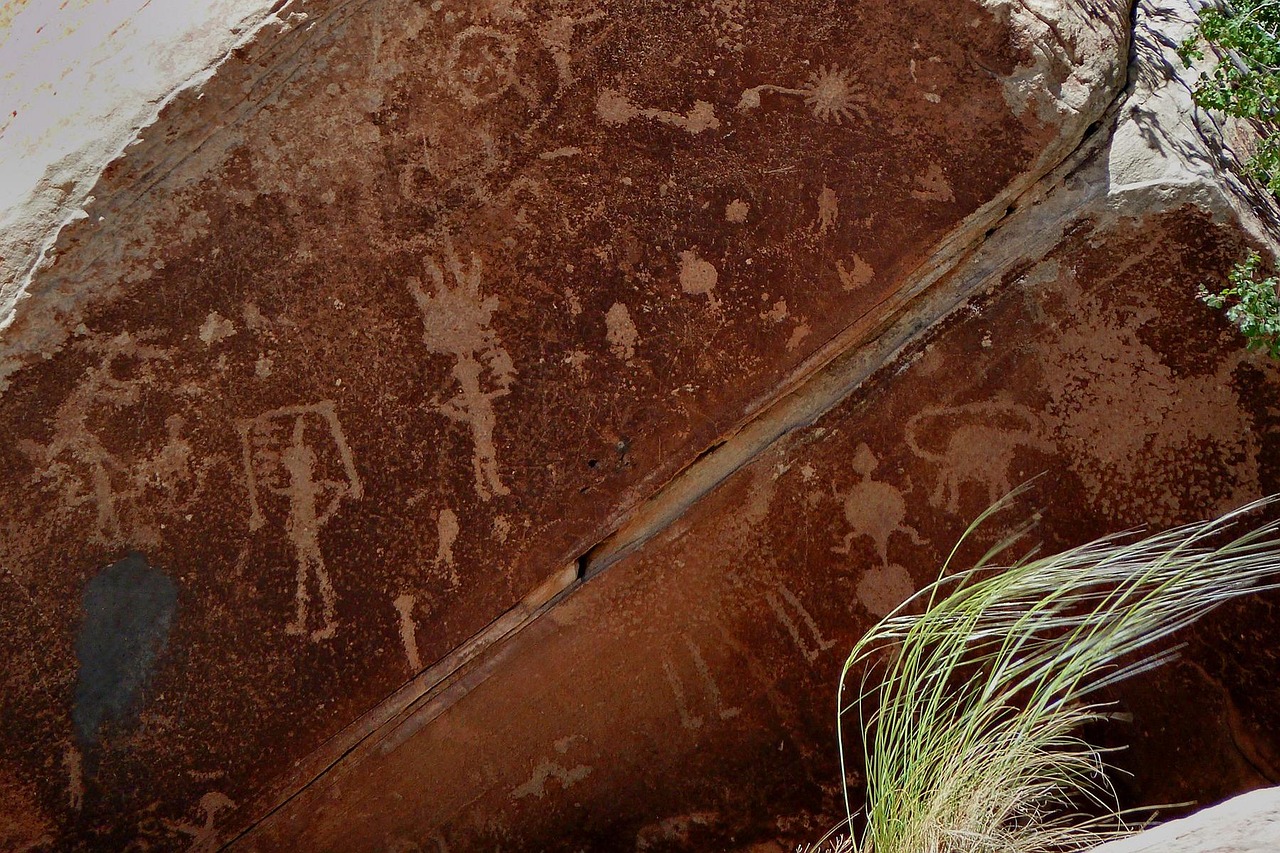
Though the causes remain unclear, the region’s artworks have begun to rapidly flake off cave walls in recent years, and the team is now trying to determine what’s behind the deterioration in hopes of stopping it. The urgency of this research cannot be overstated – we’re literally watching humanity’s earliest stories disappear before our eyes.
The limestone cave wall surfaces on which the paintings were made are peeling off, erasing the art, and this process is happening quickly with patches of art 2-3 cm wide vanishing every couple of months – it would be a tragedy if these exceptionally old artworks should disappear in our lifetime.
What This Means for Human Intelligence
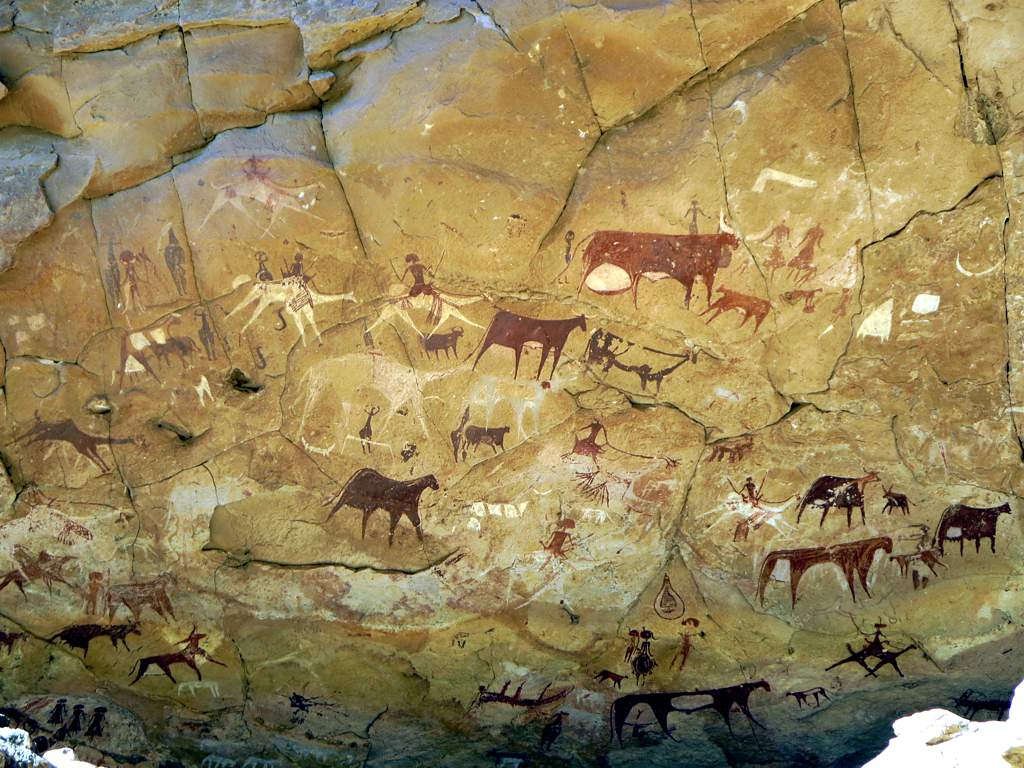
The cave paintings of Sulawesi and other sites around the world paint a radically different picture of early human intelligence than what textbooks have traditionally taught. Rather than slowly evolving from simple to complex thinking, our ancestors appear to have possessed sophisticated cognitive abilities from very early on. Humanity’s oldest cave art is at least 44,000 years old and it already has all the key components relating to modern cognition, like hand stencils, figurative art, storytelling, therianthropes, and religious thinking.
These discoveries suggest that the capacity for abstract thought, fictional storytelling, and complex artistic expression may be fundamental to what makes us human – not late developments in our evolutionary journey, but core aspects of human intelligence that have been with us for tens of thousands of years. The implications extend far beyond archaeology, touching on questions about consciousness, creativity, and the very nature of human intelligence itself.
What’s truly remarkable is that you’re looking at evidence that your ancestors, living over 50,000 years ago, possessed minds remarkably similar to your own – capable of imagination, storytelling, and creating art that still moves us today. Did you expect that prehistoric humans were already painting mythical creatures and complex narratives that rival modern storytelling?

Hi, I’m Andrew, and I come from India. Experienced content specialist with a passion for writing. My forte includes health and wellness, Travel, Animals, and Nature. A nature nomad, I am obsessed with mountains and love high-altitude trekking. I have been on several Himalayan treks in India including the Everest Base Camp in Nepal, a profound experience.




